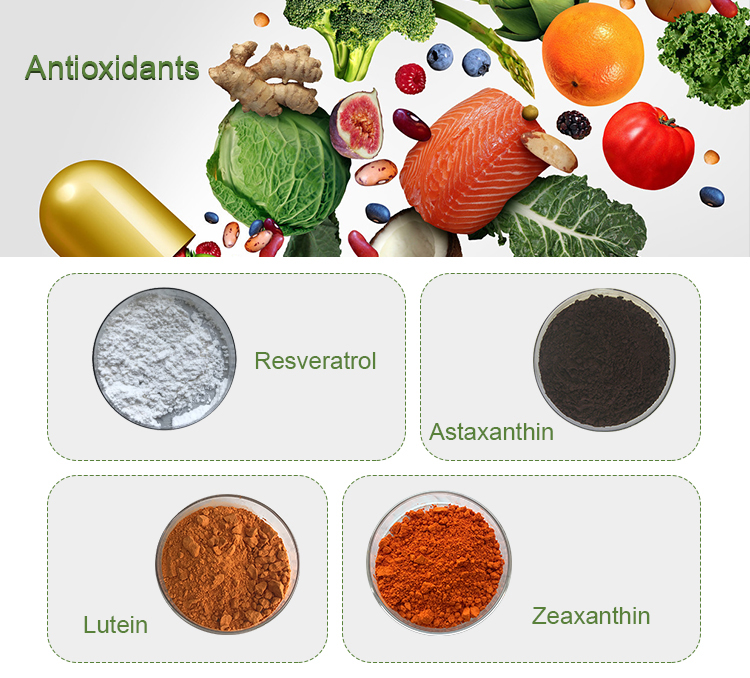Chemical Structure of Resveratrol:
Resveratrol is a naturally occurring polyphenolic compound, specifically a stilbene derivative. Its chemical formula is C₁₄H₁₂O₃. The structure consists of two aromatic rings (phenyl groups) connected by a double bond, which forms the stilbene backbone. The chemical structure can be represented as:
HO OH
| |
C6H4-CH=CH-C6H4
| |
HO OH
In this structure:
- Two hydroxyl groups (–OH) are attached to the phenyl rings at positions 3 and 4.
- A trans-double bond connects the two aromatic rings, which is essential for its bioactivity.

Physical Properties of Resveratrol:
1. Molecular Weight: 228.25 g/mol
2. Melting Point:
- Resveratrol’s melting point is typically around 258–260°C.
3. Solubility:
- Water: Poorly soluble in water.
- Organic Solvents: Soluble in ethanol, methanol, acetone, and other organic solvents.
4. Appearance:
- Resveratrol is a white to off-white crystalline powder.
5. Stability:
- It is sensitive to light, heat, and air, which can cause its degradation. As a result, it is typically stored in dark, cool conditions to maintain its stability.
6. Odor:
- Generally odorless or with a mild, slightly aromatic smell.
7. pKa values:
- Resveratrol has two ionizable phenolic groups, with pKa values around 9.5 and 10.5, making it mildly acidic.
8. Absorption Spectrum:
- Resveratrol absorbs ultraviolet (UV) light, with a maximum absorbance at around 305 nm, and it is often used in studies involving UV-visible spectroscopy.

Chemical Reactivity:
Resveratrol exhibits antioxidant properties, largely due to its hydroxyl groups that can donate hydrogen atoms to neutralize free radicals. This antioxidant activity is one of the reasons it has been studied for its potential health benefits.
Biological Activities:
Resveratrol is known for its potential health benefits, including anti-inflammatory, antioxidant, anticancer, and cardioprotective properties. It is found in foods such as grapes, red wine, peanuts, and berries. The compound has been of interest in longevity and age-related disease research.
